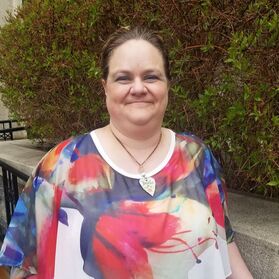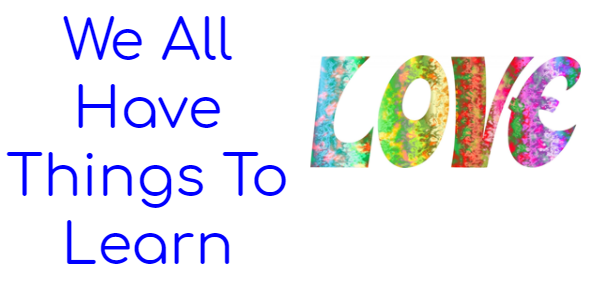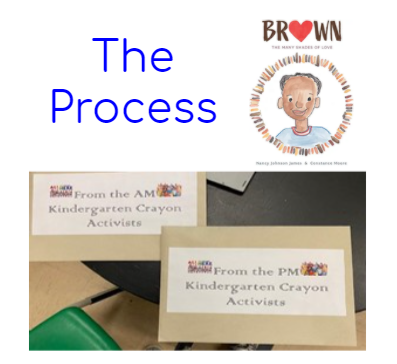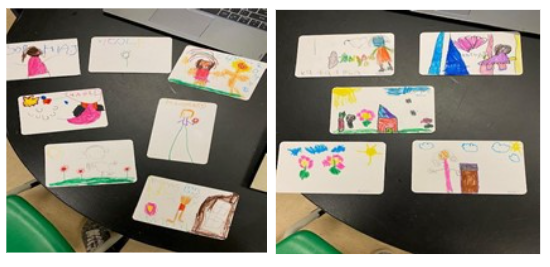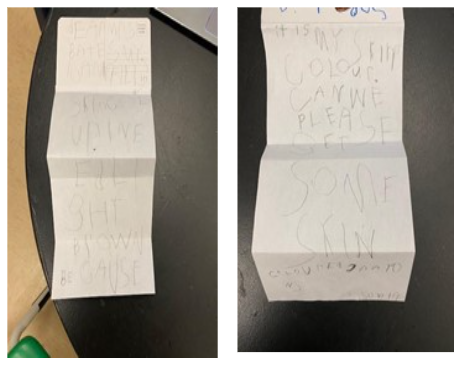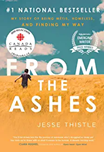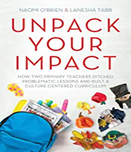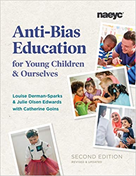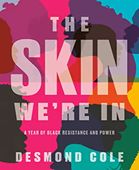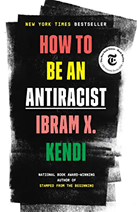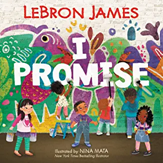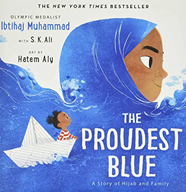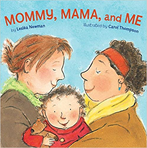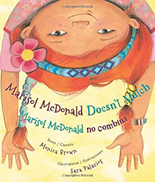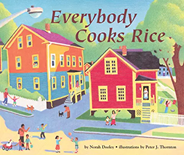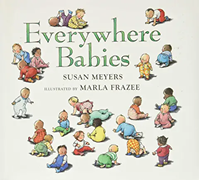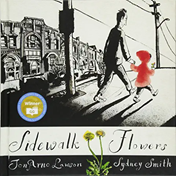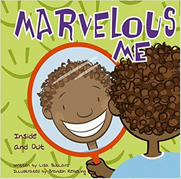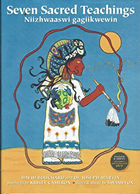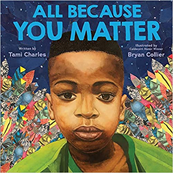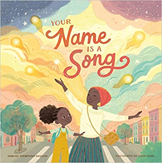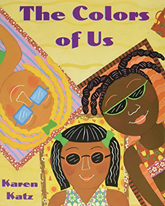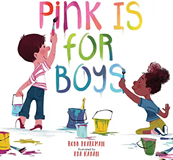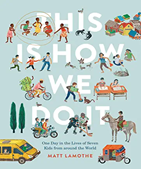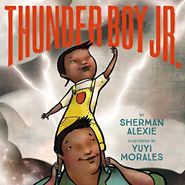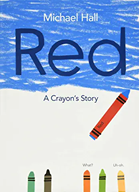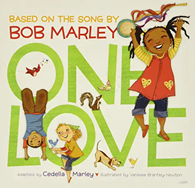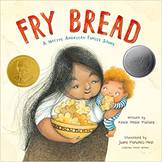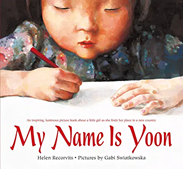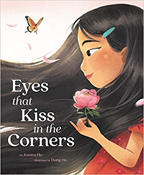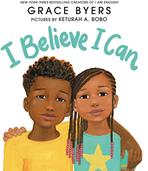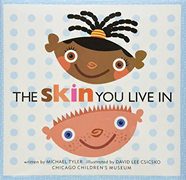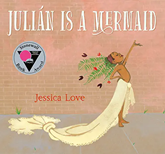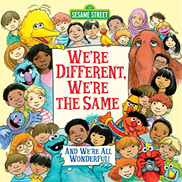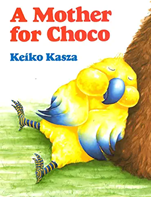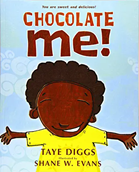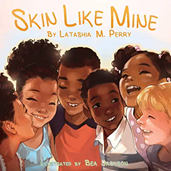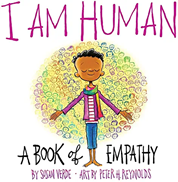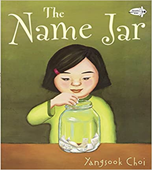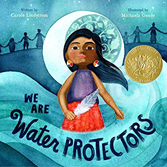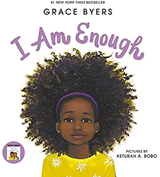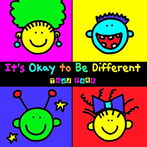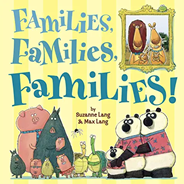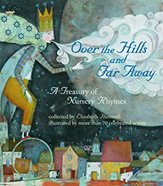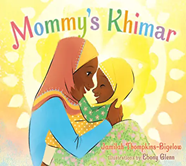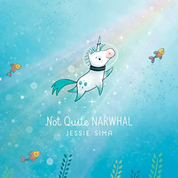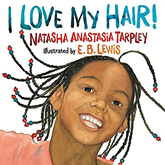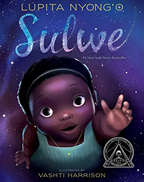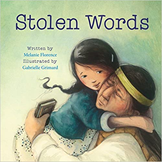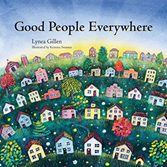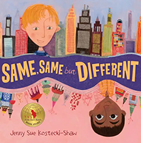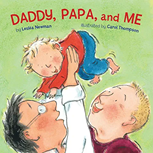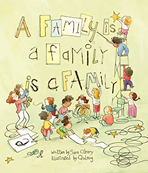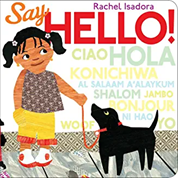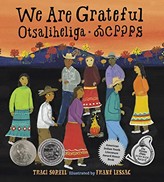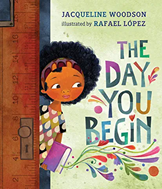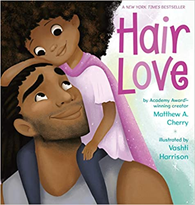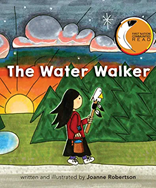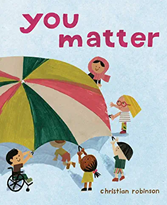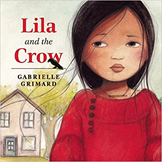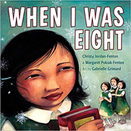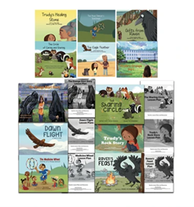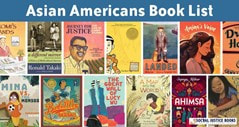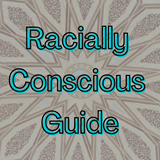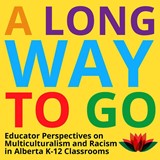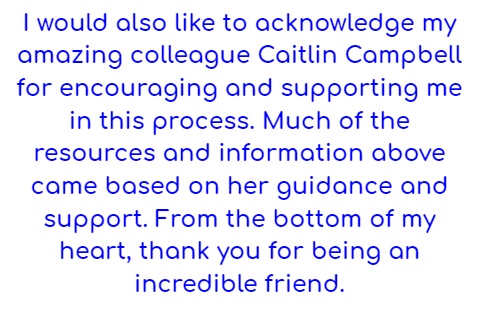Anti-Bias Education: Why it needs to be a part of our classrooms everyday.
As a privileged, white, cis-gender, heterosexual, ablebodied, neurotypical woman I want to acknowledge that this month's issue is about providing information and encouraging educators to do their own work in this area of learning. This is a journey to be the type of educator that acknowledges and works to include conversations and resources in their classroom that support Black, Indigenous and People of Colour (BIPOC), Lesbian Gay Bi Trans Queer 2-Spirit + (LGBTQ2S+), and Asian Canadian and Pacific Islander (ACPI) communities. There are many areas of this acknowledgement that I feel are necessary to state as I embark on this conversation with vulnerability and openness. Things that I have learned over time and much that I still need to and will always continue to learn. In order for a level of genuine respect to be given for a journey and history that is not mine, or many of ours, I want to make it very clear that this is by no means a guide to how to implement anti-bias education but an invitation to start your journey as an educator because of the importance of this topic.
First, I will state very clearly that I am not an expert, at all. I have much to learn and this area of acknowledgement will be something that I will make mistakes with, learn from, grow and evolve over time. It is not my lived experience so I cannot claim to ever fully understand the oppression, racism or atrocities that many in the BIPOC, LGBTQ2S+ and ACPI community have faced and still continue to face today. I am choosing to be vulnerable with you in this issue because I truly believe that actionable steps need to be taken within the education field.
In the wise words of Maya Angelou, “when we know better, we do better”. When we do the work to understand, we learn that our negative words/actions can be seen as microaggressions towards others. By learning about culture, and understanding as adults what is problematic, we as educators learn to do better when presenting content, having conversations and working through conflicts with students and their families. Becoming an ally in this work isn’t just about reposting something on social media or reading a book or article by the BIPOC, LGBTQ2S+ or ACPI community. It is truly about acknowledging and taking action to make changes, even small ones within our classroom spaces. I stress that taking action is part of this process. It is easy as a person of privilege to quietly view these atrocities, or racist comments and sit in silence. One of the most powerful statements I heard in the last couple of years was “taking no action actually is an action- it is actively showing that you are okay with what is occurring”. As educators we are the ones who are working with the youth of this province everyday, we are helping to shape their understanding and who they become. This is a responsibility that we should not take lightly.
First, I will state very clearly that I am not an expert, at all. I have much to learn and this area of acknowledgement will be something that I will make mistakes with, learn from, grow and evolve over time. It is not my lived experience so I cannot claim to ever fully understand the oppression, racism or atrocities that many in the BIPOC, LGBTQ2S+ and ACPI community have faced and still continue to face today. I am choosing to be vulnerable with you in this issue because I truly believe that actionable steps need to be taken within the education field.
In the wise words of Maya Angelou, “when we know better, we do better”. When we do the work to understand, we learn that our negative words/actions can be seen as microaggressions towards others. By learning about culture, and understanding as adults what is problematic, we as educators learn to do better when presenting content, having conversations and working through conflicts with students and their families. Becoming an ally in this work isn’t just about reposting something on social media or reading a book or article by the BIPOC, LGBTQ2S+ or ACPI community. It is truly about acknowledging and taking action to make changes, even small ones within our classroom spaces. I stress that taking action is part of this process. It is easy as a person of privilege to quietly view these atrocities, or racist comments and sit in silence. One of the most powerful statements I heard in the last couple of years was “taking no action actually is an action- it is actively showing that you are okay with what is occurring”. As educators we are the ones who are working with the youth of this province everyday, we are helping to shape their understanding and who they become. This is a responsibility that we should not take lightly.
But I am so concerned about what I may face from those in my community?
This is one of the first questions or thoughts that come up with many of us when embarking on something new. I too have felt this sense of worry or concern. I can acknowledge that it can seem scary, daunting or create some tension to think of how it might be perceived by others. What I want to address here are two very important aspects. One, the people that belong to these marginalized communities do not get to stand back in silence, they live this daily. Second, I understand the nervousness and I am not saying jump in with all the information and transform your practice all in one day. This is a growing process, small steps make a difference- action is the journey we are on. The rest of this article, I hope provides some small ways that you might be able to start towards bringing this actionable change to your classroom.
Ways that we can start to make small changes In the next few sections I am going to refer to some resources as a guide for those who genuinely are ready to do the work. These are meant to provide you with ways to also bring this into your Early Childhood Classroom (K-3). Again, I am not an expert and these are resources that come from individuals, communities and people doing the work and have lived the experiences in the BIPOC, LGBTQ2S+ and ACPI community.
There are a few things that I wish to acknowledge at this time that are important to consider for all people in positions of privilege. |
|
Listen and Learn As teachers we often state that “we are always lifelong learners”. The question though becomes does this also relate to societal issues, such as racism, classism, ableism, sexism, cis-heteronormativity, and marginalization of BIPOC, LGBTQ2S+, and ACPI communities? I know that many as you are reading this are thinking- what if I mess up, say something wrong, or worse; someone calls me out on my misinformation. I am here to tell you bluntly; it's going to happen. We may not be intentionally trying to harm others but for many of us this is something we need to do the work on. Our level of privilege has allowed us often to passively view these racially motivated situations from the sidelines and not be involved. This is no longer something that we cannot address in ourselves and for the students of our classrooms. This is going to be part of our learning journey and will be a work in progress - always.
Now, I want you to know that I am not saying stand at the front of the classroom and speak about the many atrocities in our country in ways that will both alarm and scare small children. What I am asking you to consider and take action towards is starting with the following stages outlined in the book Anti-Bias Education for Young Children & Ourselves written by Louise Derman-Sparks, Julie Olsen Edwards and Catherine M. Goins (published by NAEYC). Acknowledging Needed Changes We all, teacher and student, bring to the classroom a sense of who we are. We have our own belief systems, likes and dislikes, areas of strength and weakness and all of these aspects and more make up who we are as individuals. As an Early Childhood Educator I truly thought I did a great job of this in my classroom. Drawing pictures of ourselves, talking about likes and dislikes, acknowledging diversity and even speaking to students about the languages we spoke at home and customs we may follow. That was until I was reading some research in my graduate work and learning more about privilege, societal norms and identity and they mentioned about the lack of representation in literature for students of the BIPOC, LGBTQ2S+ and ACPI communities. I remember sitting in my home and thinking how often do we actually read stories that represent the diverse level of students sitting in my classroom? My classroom library has changed dramatically since that day and continues to evolve since. By including these books in my classroom it has opened up conversations amongst students and staff that builds the safe, caring and inclusive space that every classroom should be for students. When students do not see themselves represented they don’t take risks. This acknowledgement has produced words like “hey, that looks like me, or I speak Arabic at home, or even my hair is curly like that”. This small step towards change has started the learning and confidence of both my students and myself.
My second example is something that occurred this year. We had been doing a great deal of work and conversation about feeling included, acknowledging all members of our community and were working on some self portrait work. One of the students in my afternoon class made a comment about how she was trying to draw all the members of our classroom and value their identity by colouring their beautiful skin tones, however none of the crayons and markers we had represented any of the people in our room, including herself. |
The book is divided into the following sections:
As this book has a wealth of knowledge, it is something to work through over time. The authors walk you through the steps to take in order to create actionable change. This starts with something that we spend a great deal of time on in Early Childhood - identity. This has been my focus this year with my class. Now this could have been a simple conversation about how I as her teacher could just order some crayons and that could be the end of the story. Instead we talked about why this was problematic and how it didn’t honour the beautiful people of this world. I read them a story recommended by the amazing Laurie Macintosh of @mrsmacskinders.
This story uses the many shades of brown in the human skin and creates beautiful language to describe them within each person's family. After reading the book the entire class discussed again how important it was to have crayons and markers that reflected those of the people who were in our classroom. After some conversations in my own PLC work with colleagues we had a discussion about how I could introduce the concept of being an activist in an age appropriate way to my Kindergarten students. This was now a great opportunity to introduce some vocabulary around advocacy. What does it mean to advocate for ourselves? In our search we came across a student in the United States who became a “crayon activist” and we decided as a group that we needed to be one too. Students then wrote letters to the principal of our school requesting the colours we needed for our drawings. They then presented it to our principal in class and the process began about ordering some. Then the real conversations began while we waited for our crayons and markers to arrive. One day we were working on drawing and one of my students of Asian descent described himself as being White. Even after we had talked about the many shades of brown we all were. Now, I could have dismissed the conversation and said no you are not- but what learning would have occurred in that moment? So we had the awkward but necessary conversations about “Whiteness” as many stated that was their skin colour also. Being vulnerable and letting them work through this conversation was something that needed to be addressed, at their level of understanding. This book helped in supporting that beautifully. It talks about everyone having melanin in their skin (also hair, eyes, etc-not part of the discussion in the book but valid as well) and how there are various shades within all of us. This helped them in celebrating their identities and understanding that their own identities need to be validated. |
Acknowledging through Actionable Change
I will be honest with you all in writing this article. I had some trepidation. Writing this to a community of Early Childhood Educators, what would they think? I have not written about areas of learning that involve words like racism, microaggressions and oppression in this newsletter ever. Then I paused and reminded myself that that level of hesitancy was coming from a place of my own privilege. The very thing that when you are an educator and person who is working through Anti-Bias Education should be doing. So although I acknowledge that some of you may read this and wonder why I would make this an issue at this time in Education in this province. I ask you this, how long should we wait to acknowledge and take action for those who live through this everyday?
I do hope that this article does land for you in a place that you feel you can take up this work and truly bring Anti-Bias Education into your classroom.
I do hope that this article does land for you in a place that you feel you can take up this work and truly bring Anti-Bias Education into your classroom.
Books to Consider
Children's Books
|
When I Was Eight - Christy Jordan Fenton and Margaret Olemaun Pokiak-Fenton
|
|
Incredible BIPOC People to follow and learn from
Jesse Lipscombe: @thelipscombe
La Nesha Tabb: @apron_education
Naomi O’Brien: @readlikearockstarteaching
Black Teachers Association (AB): @black_teachers_association
Megan Tipler @tiplerteaches
Rachel Cargle @rachel.cargle
Sarah Adomako-Ansah- @sarahaa
Andrew Parker- @andrewparkeragp
AB Anti Racism EDU Council - @abantiracismedu
Raven Reads- @raven_reads
Maya Espiritu - @maistorybooklibrary
Decolonize myself- @decolonizemyself
Anti-Racism Daily- @antiracismdaily
Ibram X Kendi- @ibramxk
James Jones- @notoriouscree
La Nesha Tabb: @apron_education
Naomi O’Brien: @readlikearockstarteaching
Black Teachers Association (AB): @black_teachers_association
Megan Tipler @tiplerteaches
Rachel Cargle @rachel.cargle
Sarah Adomako-Ansah- @sarahaa
Andrew Parker- @andrewparkeragp
AB Anti Racism EDU Council - @abantiracismedu
Raven Reads- @raven_reads
Maya Espiritu - @maistorybooklibrary
Decolonize myself- @decolonizemyself
Anti-Racism Daily- @antiracismdaily
Ibram X Kendi- @ibramxk
James Jones- @notoriouscree
Other Great Resources
|
Both Naomi O’Brien and LaNesha Tabb have Teachers Pay Teachers sites that include their Teacher created materials to support the work being done in classrooms.
|
Megan Tipler has created these beautiful posters for Canadian Persons of Colour and the Indigenous Community as well as other great book lists.
|
